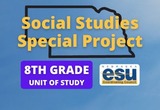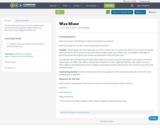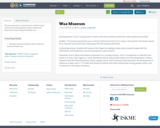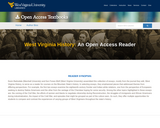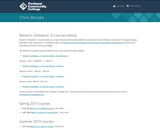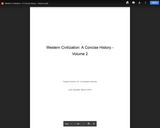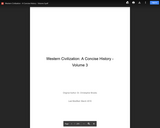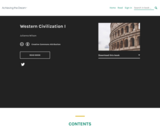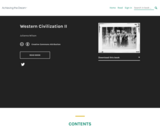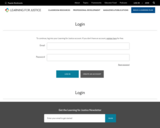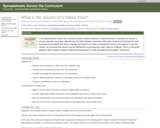Includes Volumes I, II & III
Short Description:
Download FREE digital formats or read online.Western Civilization: A Concise History is an Open Educational Resource textbook covering the history of Western Civilization from approximately 8,000 BCE to 2017 CE. Volume 1: from the origins of civilization in Mesopotamia c. 8,000 BCE through the early Middle Ages in Europe c. 1,000 CE. Volume 1 covers topics including Mesopotamia,Egypt, Persia, Greece, Rome, the Islamic caliphates, and the early European Middle Ages.Volume 2: from the early Middle Ages to the French Revolution in 1789 CE. Volume 2 covers topics including the High Middle Ages, the Renaissance, the European conquest of the Americas, the Reformation, the Scientific Revolution, and the Enlightenment.Volume 3: from the Napoleonic era to the recent past. Volume 3 covers topics including the Industrial Revolution, the politics of Europe in the nineteenth century, modern European imperialism, the world wars, fascism, Nazism, and the Holocaust, the postwar era, the Cold War, and recent developments in economics and politics.
Long Description:
Western Civilization: A Concise History is an Open Educational Resource textbook covering the history of Western Civilization from approximately 8,000 BCE to 2017 CE. Volume 1: from the origins of civilization in Mesopotamia c. 8,000 BCE through the early Middle Ages in Europe c. 1,000 CE. Volume 1 covers topics including Mesopotamia,Egypt, Persia, Greece, Rome, the Islamic caliphates, and the early European Middle Ages. Volume 2: from the early Middle Ages to the French Revolution in 1789 CE. Volume 2covers topics including the High Middle Ages, the Renaissance, the European conquest of the Americas, the Reformation, the Scientific Revolution, and the Enlightenment. Volume 3: from the Napoleonic era to the recent past. Volume 3 covers topics including the Industrial Revolution, the politics of Europe in the nineteenth century, modern European imperialism, the world wars, fascism, Nazism, and the Holocaust, the postwar era, the Cold War, and recent developments in economics and politics.
Word Count: 279920
ISBN: 978-1-998755-04-2
(Note: This resource's metadata has been created automatically by reformatting and/or combining the information that the author initially provided as part of a bulk import process.)

